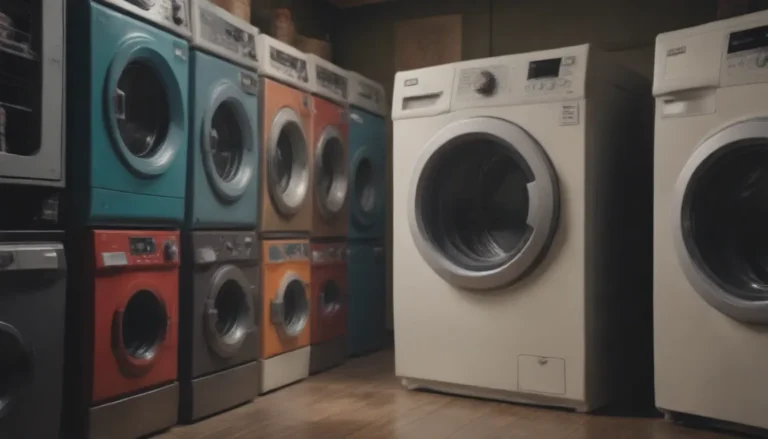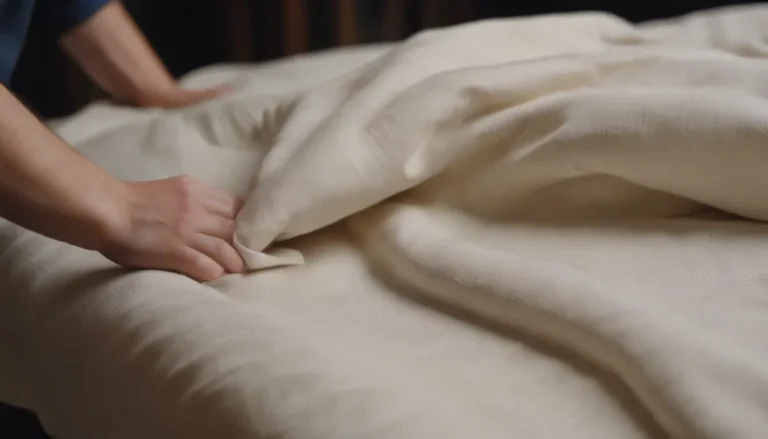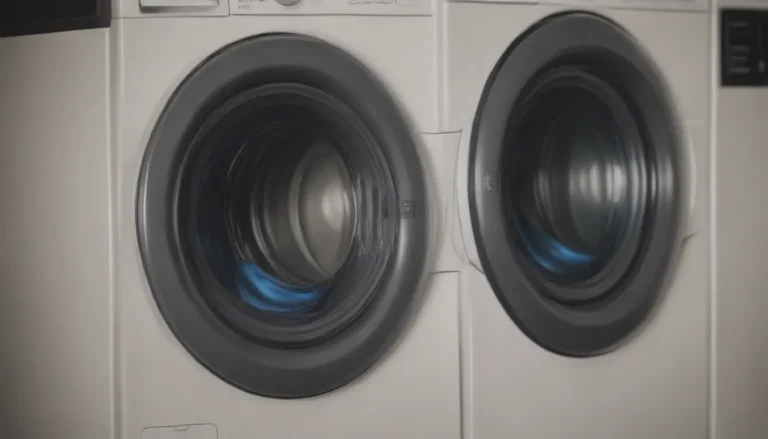How Mice Enter Your Home: The Ultimate Guide

So, you’ve spotted a mouse scurrying across your floor, or maybe you found chewed-up food packaging in your pantry. Dealing with a mouse infestation can be a real headache, but knowing how these rodents are getting inside your home is the first step to keeping them out for good. In this comprehensive guide, we’ll explore the various ways mice can enter your home, what attracts them, and most importantly, how to prevent them from wreaking havoc in your living space.
Common Entry Points for Mice
Gaps and Holes
Mice have a remarkable ability to squeeze through tiny openings to gain access to your home. Look out for gaps in your outer walls, holes beneath your deck, and any other unsealed cracks that provide easy entry points for these pests. Mice can detect warm indoor air flowing outside, making them keen on sneaking through any opening they can find. Additionally, mice can gnaw through wood, drywall, and insulation to create new entryways.
- To prevent mice from entering through gaps and holes:
- Seal any cracks or gaps in your home’s exterior.
- Use metal sink strainers to cover drains and prevent entry through pipes.
- Inspect and repair damaged areas where pipes enter your home.
Doors and Windows
Faulty door sweeps, improperly sealed windows, and gaps underneath doors are like open invitations for mice to enter your home. Even pet doors can be a potential entry point for these clever climbers. Yes, mice can effortlessly climb textured surfaces, so don’t underestimate their ability to find their way in through windows and doors.
- Tips to mouse-proof your doors and windows:
- Install door sweeps and weather stripping to seal gaps.
- Repair any damaged window screens.
- Keep windows closed, especially at night when mice are most active.
Sewer Lines and Plumbing Systems
While less common, mice can enter your home through pipes connected to sinks, showers, and bathtubs. They will take this route as a last resort when there are no other entry points available. Rats, on the other hand, are more likely to thrive in sewers and use them as a main access point.
- If you suspect mice are entering through your plumbing system:
- Thoroughly inspect your pipes for cracks and seal them.
- Use metal strainers on drains to prevent rodent entry.
Roofs and Vents
Mice are skilled climbers that can access your home by balancing along wires, climbing gutters, and even leaping from branches onto your roof. Once inside, they will seek out potential nesting sites in your attic, chew through ceilings, and gnaw on wires. Tackling entry points on your roof and vents is crucial in keeping mice at bay.
- Ways to prevent mice from entering through roofs and vents:
- Cover downspouts, chimneys, and vents with wire mesh.
- Inspect your attic regularly for signs of a mouse infestation.
Storage Boxes and Furniture
Sometimes, you unknowingly bring mice into your home by storing items that attract them. Cardboard boxes, upholstered furniture, and mattresses can provide cozy nesting spots for mice, especially when stored in secluded areas like sheds or garages. Always check these items before bringing them indoors to avoid inviting unwanted guests.
What Lures Mice into Your Home?
Food Sources
Mice can survive on minimal food intake, making your home a prime target for these opportunistic feeders. They are not picky eaters and will consume a variety of food items, including cereal grains, sweets, pet food, and pantry items. Leftover snacks, unsecured trash, and bird feeders are all potential attractions for hungry mice.
- Prevent mice from accessing food sources by:
- Storing all food in sealed containers made of glass or metal.
- Discarding easily accessible food stored in plastic or paper containers.
- Keeping your kitchen and pantry areas clean and free of crumbs.
Warmth and Shelter
During colder months, mice seek warmth and shelter indoors, making your home an inviting refuge. They are drawn to spaces with a heating system, good insulation, and enclosed areas like wall voids and cluttered basements. Appliances that emit heat, such as refrigerators and ovens, are also enticing to mice looking for a cozy hideout.
- Create a less inviting environment for mice by:
- Sealing off potential entry points with weather stripping.
- Insulating your home to regulate indoor temperatures.
- Decluttering basements and attics to eliminate nesting spots.
Water Availability
While mice obtain most of their water from food sources, they will opportunistically drink from available water sources in your home. Pet water bowls, dripping taps, and condensation on appliances are all potential water sources for thirsty mice. Keep your home dry and fix any leaks to deter these pests.
- Tips for preventing mice from accessing water sources:
- Fix leaky pipes and faucets promptly.
- Regularly clean and refill pet water bowls.
- Eliminate sources of standing water in your home.
Vegetation
In addition to food and shelter, mice are attracted to outdoor environments with abundant food sources. Fruit and vegetable gardens provide mice with fresh food, hiding spots, and nesting materials. Consider installing a rodent-proof fence to keep mice away from your garden and prevent them from gaining entry into your home.
- Keep mice out of your garden by:
- Choosing a fence with smooth surfaces that mice can’t grip.
- Ensuring the fence is tall enough to prevent mice from jumping over.
- Regularly inspecting the fence for any signs of damage or potential entry points.
By understanding how mice enter your home and what motivates them to stay, you can take proactive measures to keep these pesky rodents at bay. With a combination of preventive measures and regular inspections, you can effectively protect your home from unwanted intruders. Remember, early intervention is key to preventing a full-blown mouse infestation in your living space. Stay vigilant, and don’t let these tiny intruders take over your home!





